Animation explaining what happens if a nuclear explosion hits a modern city

In Japan during World War II, atomic bombs were dropped on
What if We Nuke a City?-YouTube
There are ordinary towns where people who work hard for studying and studying live.
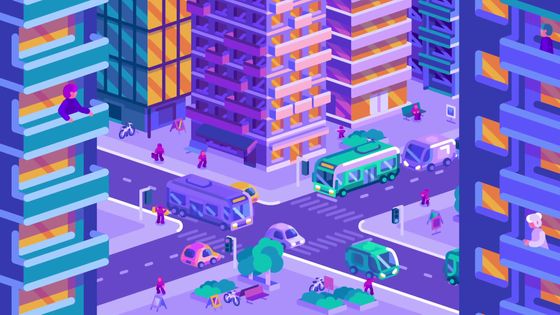
If a single nuclear bomb is dropped there, the stage of this simulation is.
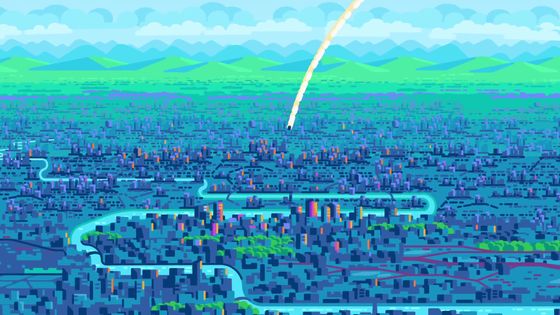
◆ 1st stage
The first stage is an event within 1 second. A few thousandths of a second after the explosion, a plasma sphere that is hotter than the sun appears and grows into a fireball of more than 2 kilometers in diameter.
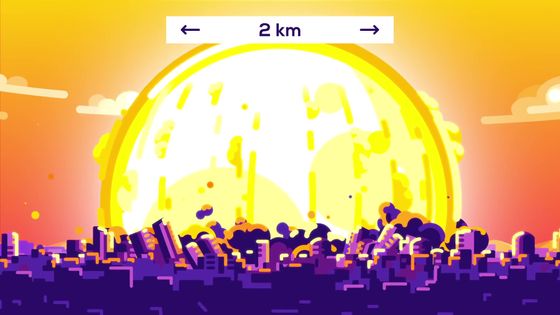
Things in the fireball evaporate in an instant, as if the water dripping into a heated frying pan makes a murmur. People, trees, buildings, stone statues are no exception.
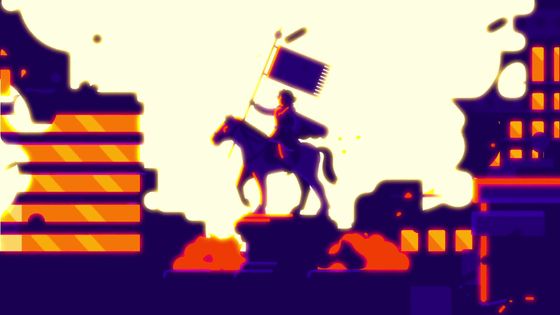
The light emitted by the fireball is intense, so if you are unfortunately facing the direction, you will be blind for at least a few hours.
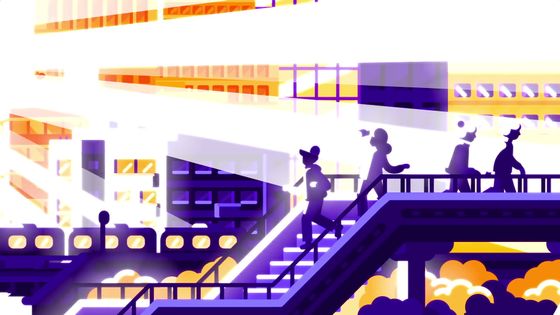
In addition, the light is accompanied by thermal radiation, and the area of 13km radius and about 500 square kilometers from the hypocenter is burned out.
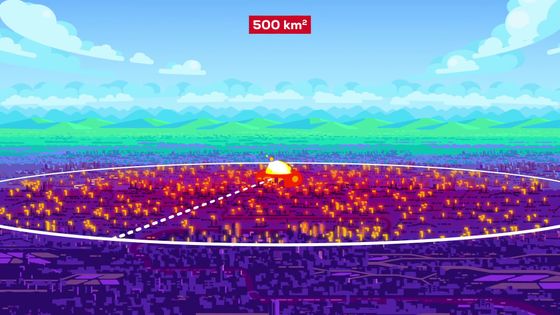
In particular, almost all flammable items such as plastic, wood, cloth, human skin and hair will burn.
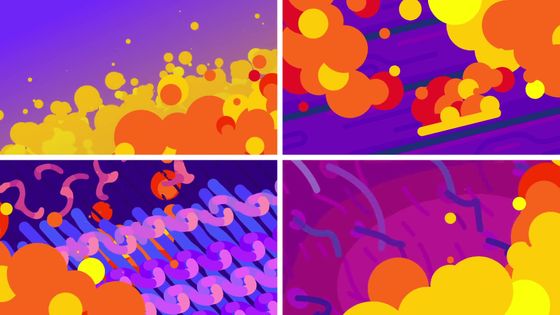
Instead of the hot flames and hot air coming in like a fire, the heat hits itself, so everything burns up at the next moment of the explosion.
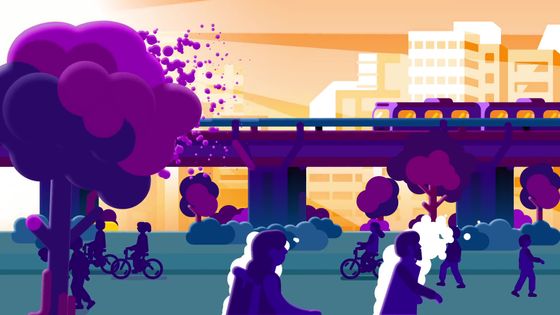
◆ Second stage
The second stage takes place within a few seconds. People notice that something has finally happened around this time, but it's already too late.

Shock waves attack people after light with heat. The fireball generates air bubbles compressed by heating and expands explosively.
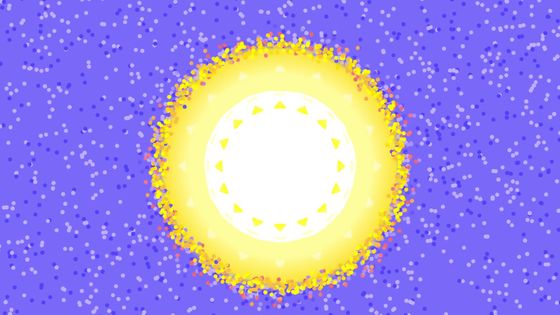
This creates a gust of wind that is faster than the speed of sound and stronger than hurricanes and tornadoes.
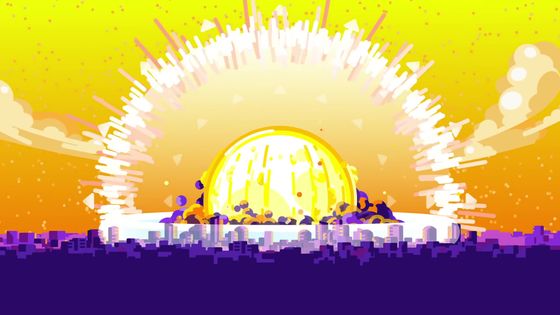
Most buildings within a 1km radius of the hypocenter are shattered, leaving only the base of the building made of reinforced concrete.
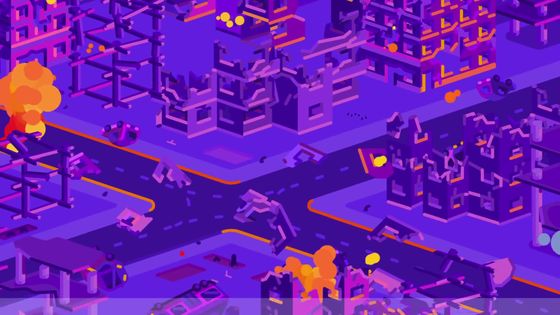
The trees will be folded like toothpicks, and the people outside will be blown away like dust.
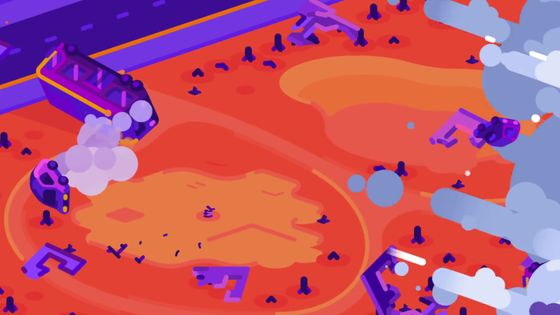
The shock wave weakens the further away from the hypocenter, but buildings within 175 square kilometers will still collapse like a tower made of playing cards.

A gas station in the city will explode and make the fire worse.
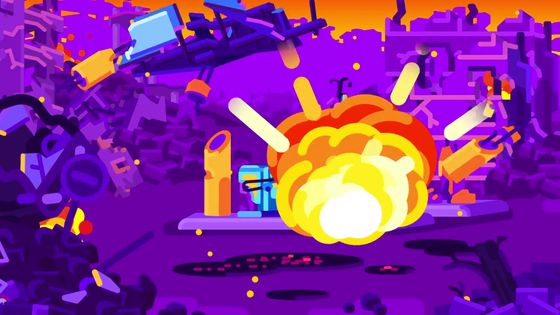
The mushroom cloud generated by the explosion extends to the sky and casts a dark shadow on the collapsed city.
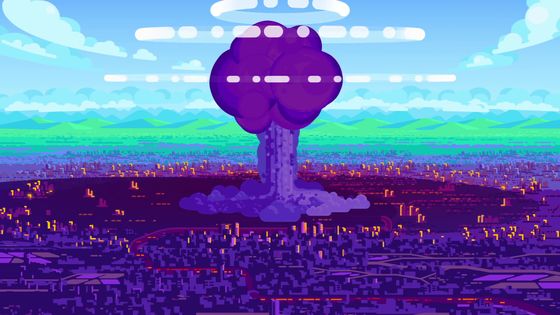
After that, when the air blown by the shock wave flows again into the hypocenter, fresh oxygen is supplied and the fire is further intensified.
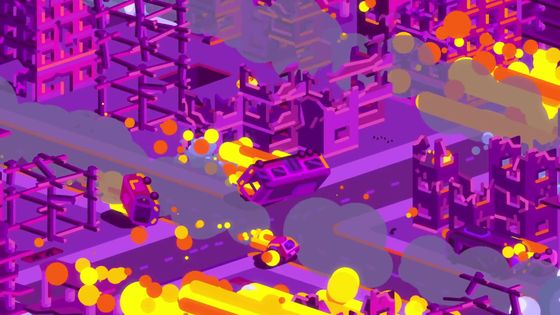
Even if you live far away from the hypocenter, people who jump to the window to capture the mushroom clouds in the picture will be exposed to the whole window glass that has become a sharp piece of glass.
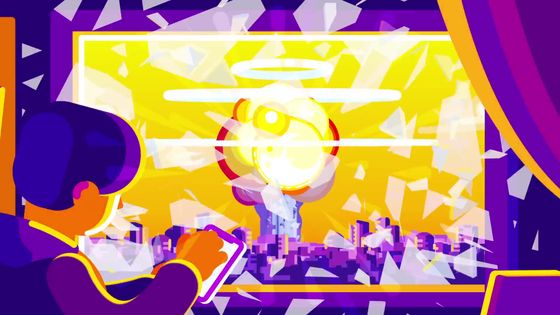
◆ Third stage
The third stage is an event within a few days after the explosion. Normally, when a natural disaster occurs, a rescue team will arrive within hours to days, with the exception of nuclear explosions. Hundreds of thousands of severely injured people with severe burns, lacerations, fractures, etc. are unable to receive treatment and die within minutes to hours.
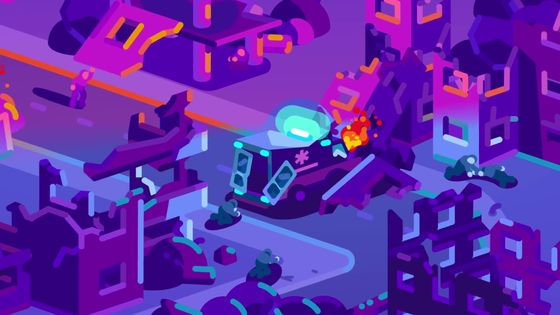
Survivors trapped in collapsed buildings or survivors who are blinded by light can panic in fear and confusion without knowing what happened.

Fortunately, people who used the subway, etc. may be protected from burns and trauma, but there is still a terrible disaster.
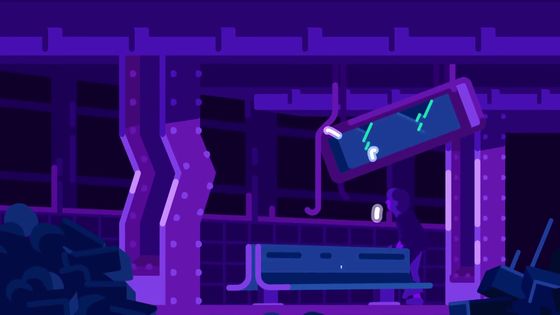
It is
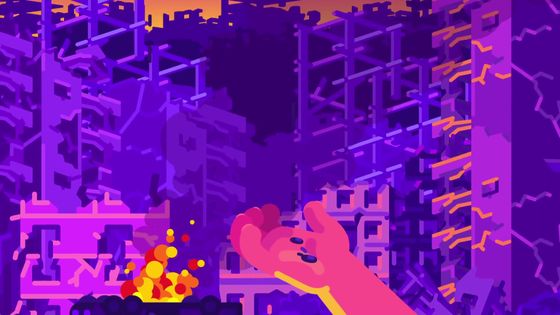
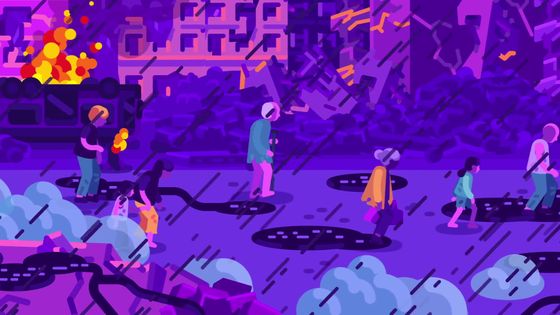
Roads and other infrastructure will be blocked, preventing rescue.
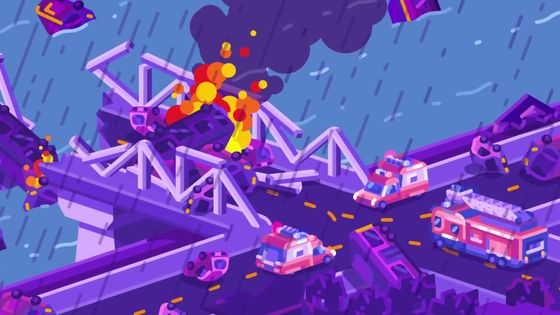
The track is also broken, the train does not move, and the transport network does not work. Electricity, water and communication facilities will be completely destroyed.
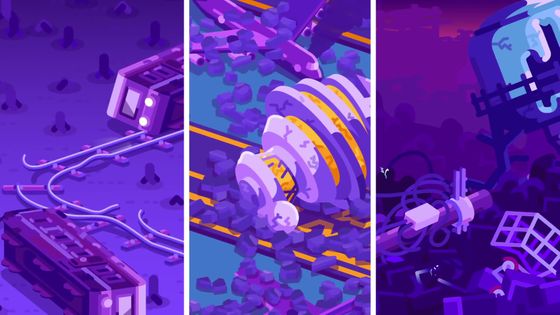
Helicopters dispatched from neighboring cities may not be able to operate due to radiation risks. If that happens, survivors will have to walk through the debris without water or food.
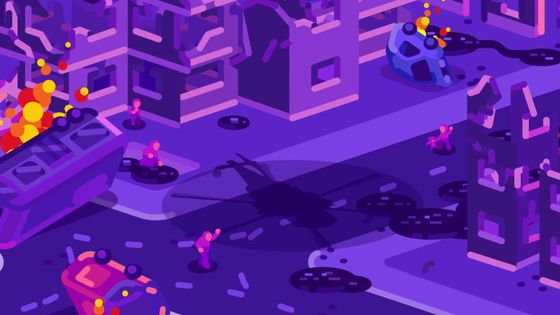
Hospitals in nearby cities are flooded with tens of thousands to hundreds of thousands of seriously injured people.

Many of these survivors die from leukemia and cancer within a few weeks to years.

◆ Summary
People within a 1km radius of the hypocenter of the nuclear explosion almost certainly died instantly. People within a 7km radius will also die with high probability.
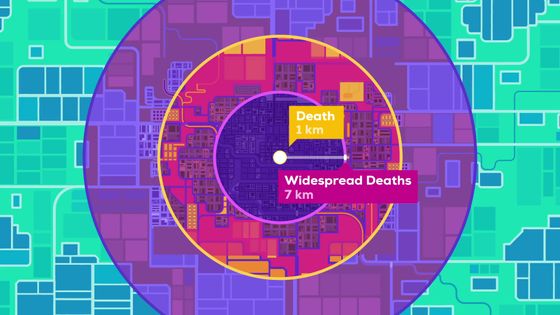
People within a 13km radius will also suffer
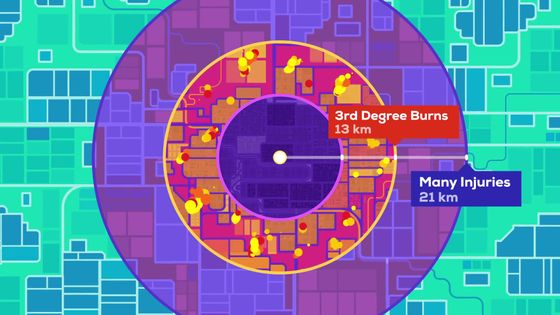
The damage caused by a nuclear explosion is more severe than a hurricane, a large-scale fire, an earthquake, or a nuclear accident. There is no nation that can respond to such disasters.
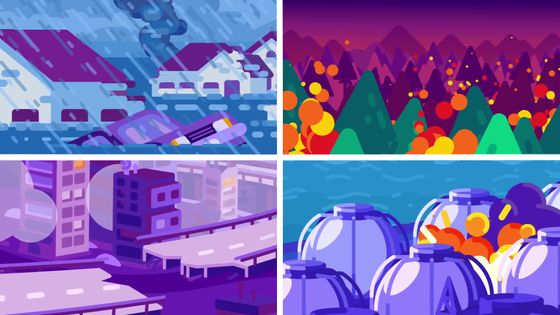
Many experts point out that “in recent years, leaders from different countries have threatened to openly threaten each other with nuclear weapons”.
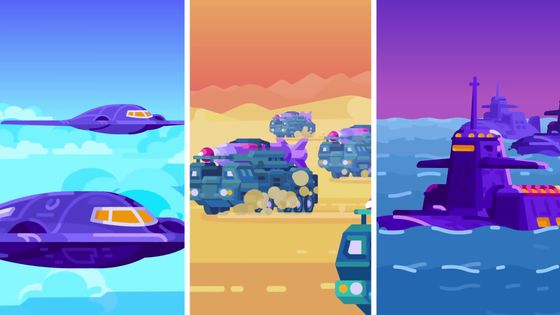
A catastrophic nuclear war can come from the trivial mistakes of a handful of people.

“There is no other way to prevent this, with the abolition of nuclear weapons,” Kurzgesagt claims.

Related Posts:







